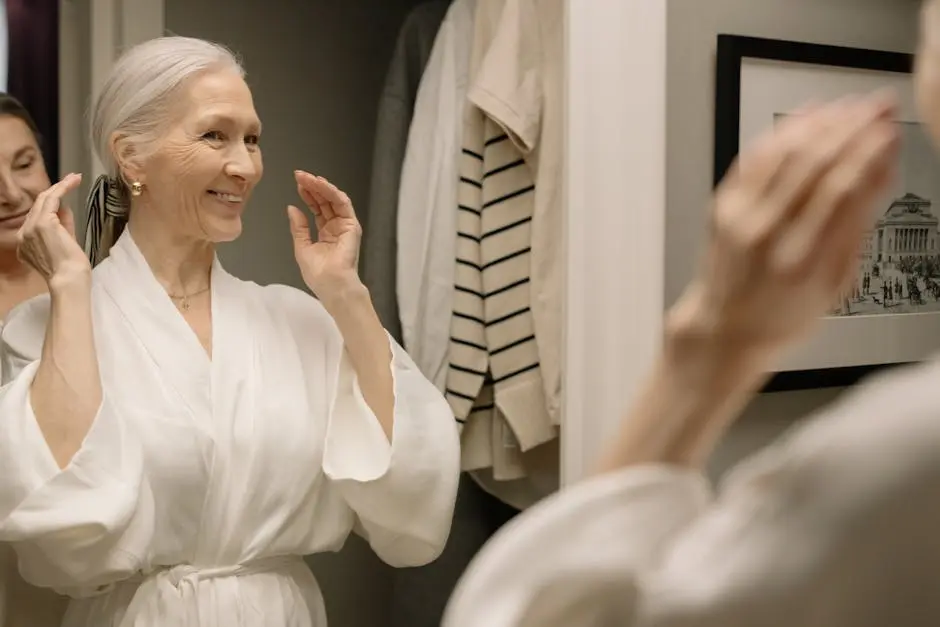How Can Bathing Solutions Improve Safety for Seniors?
As we age, maintaining independence and safety in our daily routines becomes increasingly important. Bathing, a once-simple task, can pose significant risks for seniors. Fortunately, there are various bathing solutions designed specifically to enhance safety and accessibility for elderly individuals. In this blog, we will explore the different ways these solutions can make bathing a safer experience for seniors.
Understanding the Risks of Bathing for Seniors
Bathing can be a hazardous activity for seniors, as age-related physical changes increase the risk of slips and falls. In fact, one in three seniors falls each year, and many of those incidents occur in the bathroom. Wet surfaces and slippery tiles can create treacherous conditions, particularly for individuals with reduced mobility or balance issues.
Moreover, conditions like arthritis or visual impairments can further complicate this vital daily routine. The fear of falling can discourage seniors from bathing regularly, leading to decreased hygiene and potential health issues. Understanding these risks is the first step toward finding effective bathing solutions for the elderly.
In addition, the act of getting in and out of standard tubs can be daunting for many seniors. The high walls of these tubs often require significant effort to navigate safely. Therefore, addressing these common hurdles allows us to create a safer bathing environment for our loved ones.
Benefits of Walk-In Tubs
Walk-in tubs are an innovative solution that provides safety and ease for seniors. These specially designed tubs feature low thresholds that allow individuals to step in and out easily, eliminating the risk of tripping over high edges. The addition of built-in seating enables users to bathe comfortably without the need to lower themselves too far.
Another incredible benefit of walk-in tubs is the ability to enjoy the therapeutic effects of warm water. Many models come with water jets for hydrotherapy, which can soothe aching joints and improve circulation—essential for older individuals often suffering from chronic pain.
Furthermore, the added safety features, such as grab bars and slip-resistant flooring, make walk-in tubs an excellent choice for seniors seeking autonomy in their bathing routine. These solutions not only provide safety but also foster a sense of dignity and independence.
The Role of Grab Bars and Handrails
Grab bars and handrails are essential components in any senior bathroom setup. Their primary function is to provide stability and support during the bathing process. Placing these fixtures strategically around the bathtub, shower, and toilet can significantly reduce the risk of falls.
More than just safety devices, grab bars empower seniors to maintain their independence. Many individuals feel hesitant to ask for assistance, and these simple solutions can provide the necessary support to carry out personal care tasks without feeling reliant on others.
In addition, grab bars come in various styles and designs, allowing them to blend seamlessly with bathroom decor while serving their crucial safety purpose. Installing these features should be viewed as an investment in the overall well-being of our aging loved ones.
Using Non-Slip Surfaces and Mats
Non-slip surfaces and mats are an often-overlooked yet vital part of making the bathroom safer for seniors. Whether in the shower or bathtub, the potential for slipping is dramatically reduced by incorporating materials specifically designed to provide traction.
Using non-slip mats on the floor outside the shower or tub can also help decrease the chances of falls. These mats come in various styles and colors, allowing homeowners to choose options that complement their bathroom while enhancing safety.
Moreover, when combined with non-slip adhesive strips inside the tub or shower, they create a comprehensive approach to safety. Making these changes can dramatically transform a potentially dangerous area into a secure space for seniors to enjoy their bathing experience.
Shower Chairs and Benches for Added Support
Shower chairs and benches provide an excellent alternative for seniors who may struggle with standing for extended periods. These seating options allow individuals to bathe comfortably while minimizing the risk of fatigue or loss of balance.
Furthermore, shower chairs can be adjusted for height, making them suitable for various user needs. This flexibility ensures that seniors can find a comfortable position, promoting both safety and enjoyment during their bathing routine.
Additionally, many shower chairs are designed with grab handles, which can further assist in transitioning between sitting and standing. This added versatility encapsulates the essence of bathing solutions that prioritize safety and independence for the elderly.
The Importance of Proper Lighting
Proper lighting is an essential yet often underestimated aspect of bathroom safety for seniors. Adequate illumination can help reduce the risk of accidents by enabling individuals to see potential hazards clearly, such as wet floors or unexpected objects.
Moreover, incorporating motion-activated lights can be particularly beneficial, as it ensures that illumination is available without the need to fumble for switches. This can be especially helpful for seniors who may have difficulty with fine motor skills or vision impairments.
Additionally, consider using lamps with adjustable brightness levels, allowing users to customize their lighting experience based on their specific needs. With the right lighting, seniors can navigate their bathing environment more safely and confidently, reducing anxiety around personal care tasks.
Enhancing Safety for Everyday Living
Implementing appropriate bathing solutions can drastically improve safety for seniors, helping them to maintain their independence and dignity. Whether through the installation of grab bars, non-slip mats, or walk-in tubs, each solution plays a vital role in reducing the risk of falls and accidents.

